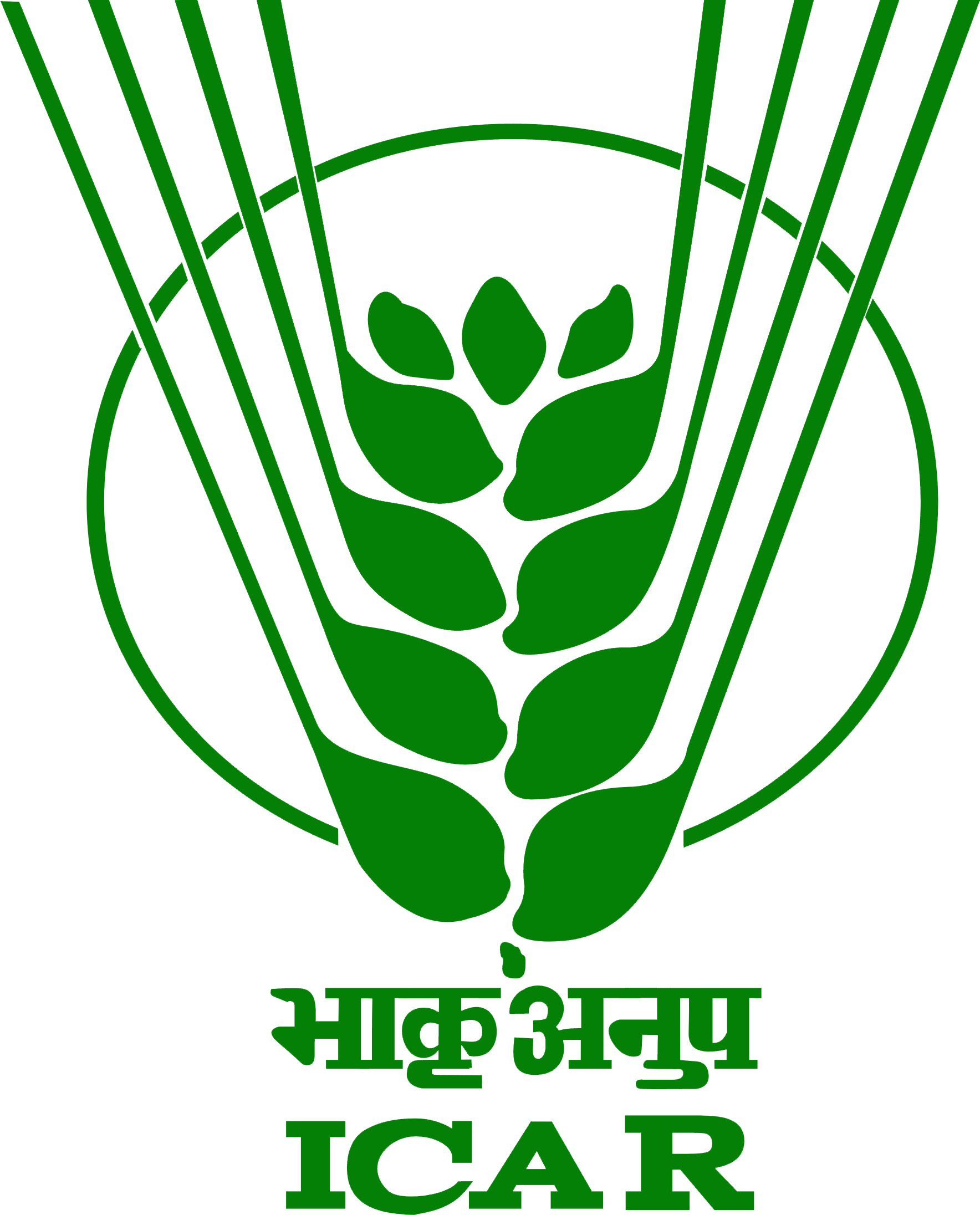Haemorrhagic Septicaemia Overview
Haemorrhagic Septicaemia (HS) is a highly fatal bacterial disease affecting cattle and buffaloes, caused by *Pasteurella multocida* serotypes B:2 and E:2. It is prevalent in tropical and subtropical regions.
Etiological Agent
The causative agent of Haemorrhagic Septicaemia is *Pasteurella multocida* serotypes B:2 and E:2, a gram-negative, non-motile coccobacillus bacterium.
Species Affected
- Cattle and buffaloes are highly susceptible.
- Other domestic animals like sheep, goats, and wild ruminants can occasionally be affected.
Clinical Signs
- Sudden high fever (up to 106°F).
- Severe swelling of the neck and throat regions.
- Dyspnea (difficulty breathing) and frothy discharge from nostrils.
- Death usually occurs within 24 hours of onset in acute cases.
Preventive Measures
- Vaccination with HS-specific vaccines prior to the rainy season.
- Quarantine and treatment of infected animals.
- Avoid stress factors like overcrowding during outbreaks.
- Good hygiene and proper management practices.
- Immediate reporting of suspected cases to veterinary authorities.
Photos





